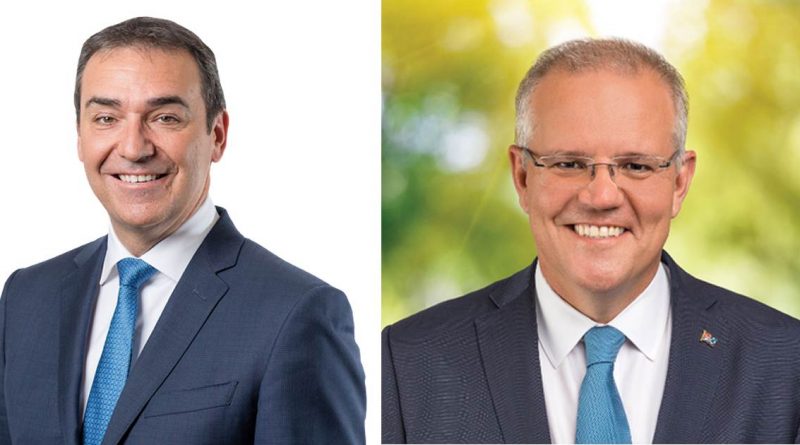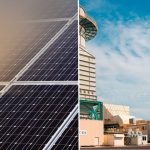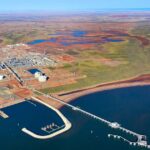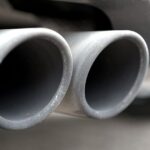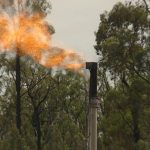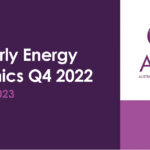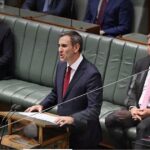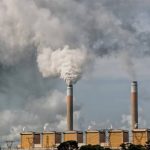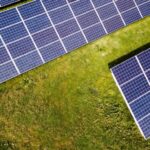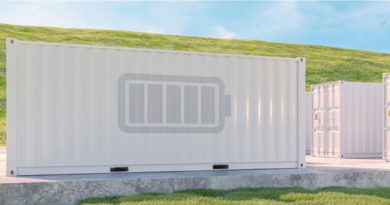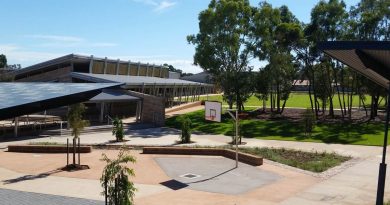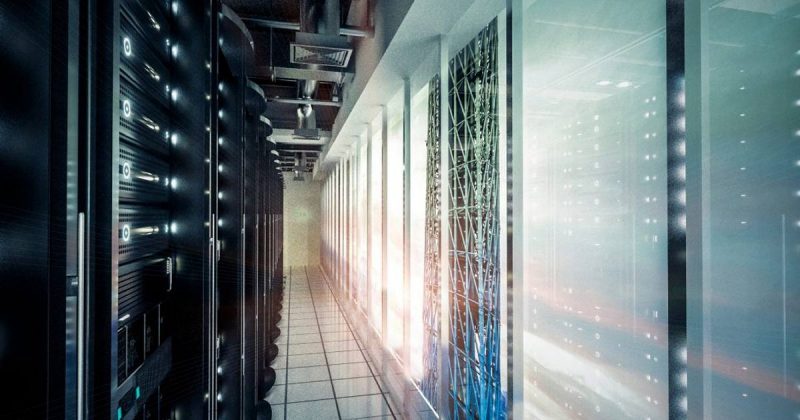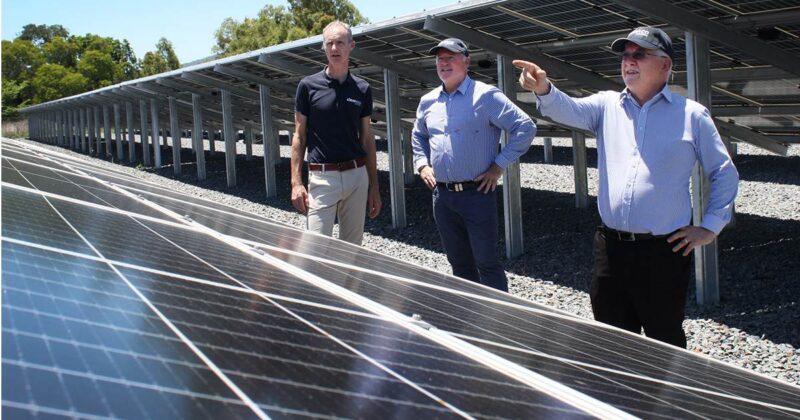South Australia’s Billion Dollar Energy and Emissions Reduction Deal
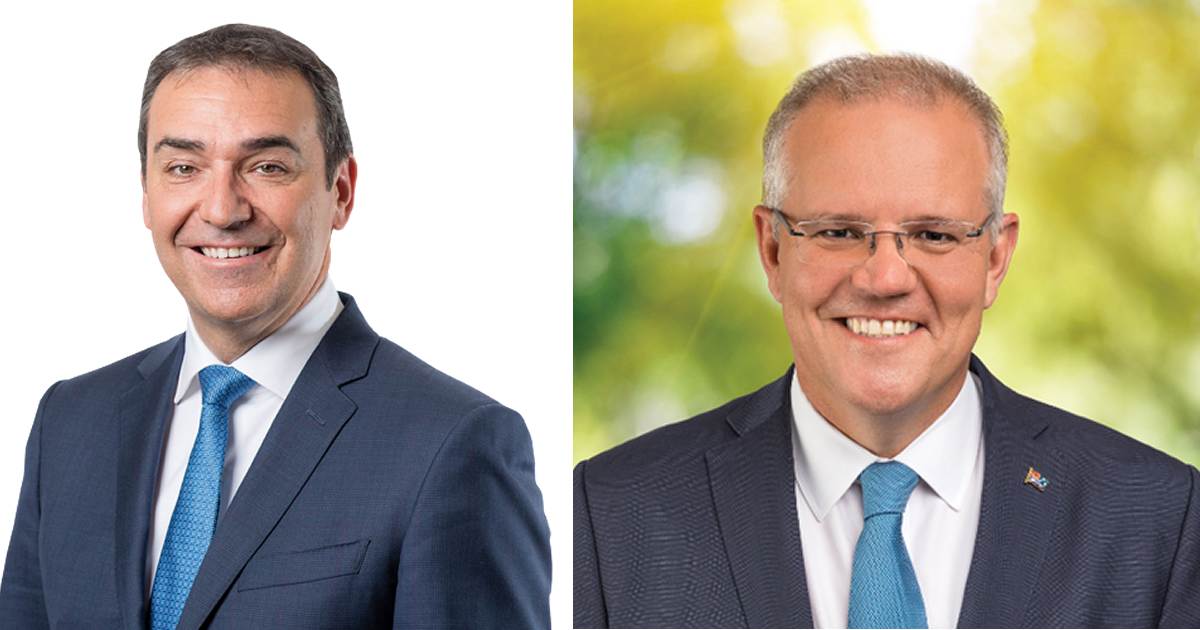
The South Australian and Federal Governments have inked a $1.08 billion agreement that the pair say will drive down emissions and energy costs.
Under the deal, the Commonwealth will kick in $660 million, while South Australia will contribute $422 million. As for what the package includes, details are a little sketchy – but here’s some of what was provided.
More Gas
Of course there’s more gas involved; after all, we’re in a gas-led recovery. The Morrison Government is perhaps hoping if this is repeated enough, it will be believed.
The deal involves supporting a target of an additional 50 petajoules per annum by the end of 2023 and a “stretch target” of 80 petajoules per annum by 2030.
“The focus on gas will help South Australia meet its own gas needs and assist efforts to prevent forecast shortfalls in the broader east coast gas market from 2023, as part of our gas-fired recovery,” said Federal Minister for Energy and Emissions Reduction Angus Taylor.
But a recent report from the Australian Energy Market Operator (AEMO) forecasts there will be no gas shortfall in the coming years.
Minister Taylor addressed the AEMO report in a recent interview with 2GB’s Chris Smith, stating:
“Well, they’ve made mistakes in their forecasting in the past which have been very significant. They’ve under-forecast the amount of gas needed in the system by many times in the past.”
So, that’s sorted – the AEMO is wrong and we are having a gas-fired recovery whether we want/need it or not dammit.
Project EnergyConnect Finance
Up to $100 million joint support will be provided for Project EnergyConnect through underwriting of key early works. Project EnergyConnect involves establishing a 330 kilovolt above-ground transmission line from Robertstown in South Australia’s mid-north to Wagga Wagga in New South Wales via Buronga; plus an additional connection to Red Cliffs in Victoria’s north-west.
Running over 900 kilometres, Project EnergyConnect will boost electricity import and renewable energy export potential, and according to SA Premier Steven Marshall will reduce electricity bills for SA households by around $100 a year.
Energy Storage
In the package is also $110 million in Commonwealth concessional finance for solar thermal and other storage projects in South Australia, but no other detail was provided.
On a related note, the Clean Energy Council last week released a study that found batteries are a superior choice to gas for electricity peaking services; beating the fossil fuel on cost, flexibility, services to the network – and of course emissions.
CCS, Hydrogen and EVs
There’s $400 million in Commonwealth funding for investment in “priority areas” such as carbon capture and storage, electric vehicles, hydrogen and other emissions reduction projects in South Australia
Carbon capture and storage (CCS) is a classic example of throwing good money after bad. CCS generally doesn’t work well, is expensive and just provides an excuse to continue pursuing fossil fuels.
As for even more cash being thrown at hydrogen, here’s hoping hydrogen hype delivers. If it doesn’t, things won’t just look bad for hydrogen, but some of the mud will stick to renewables as well.
With regard to extra cash to support electric vehicles, perhaps this means SA’s proposed EV tax can be shelved for good. In November last year, the South Australian Government announced its intentions to introduce a road user charge for plug-in electric and zero emission vehicles. But last month SA Treasurer Rob Lucas said it would be delayed for a year (i.e. after the next state election) in order to provide more time to monitor what happens with similar measures interstate.
Commenting on the overall arrangement, Prime Minister Scott Morrison said:
“This agreement will support investment and more jobs in South Australia and will be a key driver of our economic recovery from COVID-19.”
Original Source: https://www.solarquotes.com.au/blog/sa-energy-emissions-deal-mb1961/

